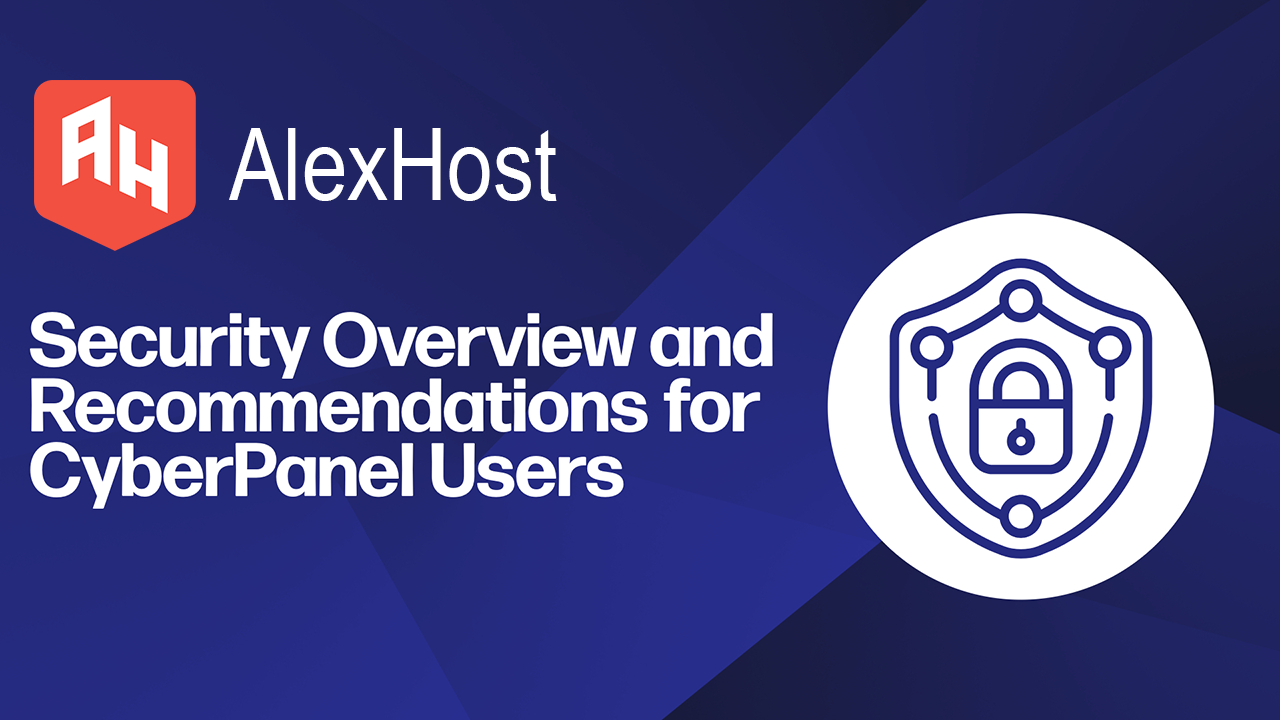7 Security Big Threats and Challenges in Cybersecurity for 2024
The 7 Security Big Threats and Challenges in Cybersecurity for 2024
AI-powered attacks refer to cyberattacks that leverage artificial intelligence (AI) and machine learning (ML) techniques to automate and enhance various stages of the attack lifecycle. These attacks utilize AI algorithms to mimic human-like behaviors, adapt to changing environments, and evade traditional security measures, making them particularly potent and challenging to detect.
The power of AI-powered attacks stems from several key factors:
- Automation: AI enables attackers to automate various tasks involved in the attack process, such as reconnaissance, target selection, and payload delivery. This automation allows for the rapid and scalable execution of attacks across a wide range of targets.
- Adaptability: AI algorithms can analyze vast amounts of data to dynamically adjust attack strategies in response to defensive measures. Attackers can continuously refine their tactics based on real-time feedback, making it difficult for defenders to anticipate and counteract their actions.
- Stealth: AI-powered attacks can employ sophisticated evasion techniques to bypass traditional security defenses. By mimicking legitimate user behavior or camouflaging malicious activity within normal network traffic, these attacks can remain undetected for extended periods, exacerbating the risk to targeted systems and data.
- Targeted Exploitation: AI algorithms can analyze large datasets to identify vulnerabilities and weaknesses in target systems more effectively than manual methods. This enables attackers to launch highly targeted and tailored attacks against specific organizations or individuals, increasing the likelihood of success.
The danger of AI-powered attacks lies in their ability to outpace traditional cybersecurity defenses and exploit vulnerabilities at scale. These attacks can lead to significant financial losses, data breaches, and reputational damage for organizations. Moreover, as AI technologies become more accessible to malicious actors, the potential for widespread and sophisticated cyber threats continues to grow, posing a formidable challenge to cybersecurity professionals worldwide
In the ever-evolving landscape of cybersecurity, staying ahead of emerging threats is paramount. As we delve into 2024, a myriad of challenges confront organizations and individuals alike, posing significant risks to data integrity, privacy, and overall security. Here, we unravel the seven most pressing threats and challenges dominating the cybersecurity sphere this year:
- Quantum Computing Threat: With the rapid advancements in quantum computing, traditional cryptographic methods face obsolescence. The potential of quantum computers to break widely used encryption algorithms poses a profound challenge to data security. Organizations must invest in quantum-resistant cryptography and stay abreast of quantum computing developments to mitigate this risk.
- AI-Powered Cyberattacks: The fusion of artificial intelligence (AI) and cyber threats amplifies the sophistication and scale of attacks. AI-driven malware can autonomously adapt and evade detection mechanisms, making traditional defense strategies inadequate. Embracing AI-driven cybersecurity solutions becomes imperative to counteract the evolving tactics of malicious actors.
- Supply Chain Vulnerabilities: The interconnected nature of supply chains presents a sprawling attack surface for cyber adversaries. Targeting third-party vendors and suppliers has become a prevalent tactic, enabling threat actors to infiltrate well-protected networks indirectly. Strengthening supply chain security through rigorous vetting, continuous monitoring, and implementing robust vendor risk management frameworks is essential.
- Ransomware Resurgence: Ransomware attacks continue to plague organizations, leveraging encryption to extort hefty ransom payments. The evolution of ransomware tactics, including double extortion and targeted attacks on critical infrastructure, poses severe financial and operational risks. Organizations must prioritize comprehensive backup strategies, employee awareness training, and proactive threat detection to combat this pervasive threat effectively.
- Internet of Things (IoT) Vulnerabilities: The proliferation of IoT devices introduces a plethora of security vulnerabilities, expanding the attack surface and complicating cybersecurity efforts. Insecure IoT devices serve as entry points for cybercriminals to infiltrate networks, compromise data, and launch large-scale distributed denial-of-service (DDoS) attacks. Implementing stringent IoT security protocols, such as device authentication and encryption, is crucial to safeguard against IoT-related threats.
- Zero-Day Exploits and Vulnerability Management: Zero-day exploits, leveraging unknown vulnerabilities in software or hardware, pose significant challenges for cybersecurity professionals. Threat actors capitalize on zero-day vulnerabilities to launch stealthy and destructive attacks, rendering traditional signature-based defenses ineffective. Proactive vulnerability management practices, including patch management, vulnerability scanning, and threat intelligence sharing, are essential to mitigate the risks associated with zero-day exploits.
- Regulatory Compliance and Privacy Concerns: The increasingly stringent regulatory landscape, exemplified by frameworks like GDPR and CCPA, imposes complex compliance requirements on organizations worldwide. Non-compliance not only exposes organizations to hefty fines but also undermines trust and tarnishes reputations. Prioritizing data privacy, implementing robust compliance frameworks, and fostering a culture of transparency are vital for navigating the regulatory maze and preserving consumer trust.
How to be prepared for threats listed above:
Protecting against the myriad cybersecurity threats looming in 2024 requires a multifaceted approach that encompasses both proactive measures and adaptive strategies. Here’s a comprehensive guide on how organizations and individuals can bolster their defenses against the seven major threats outlined above:
Quantum Computing Threat:
- Invest in Quantum-Resistant Cryptography: Adopt encryption algorithms that are resilient to quantum computing attacks, such as lattice-based cryptography or hash-based cryptography.
- Stay Informed: Monitor advancements in quantum computing technology and collaborate with research communities to stay ahead of potential vulnerabilities.
AI-Powered Cyberattacks:
- Deploy AI-Driven Security Solutions: Implement AI-powered cybersecurity solutions capable of detecting and mitigating advanced threats in real-time.
- Enhance Threat Intelligence: Leverage AI for threat intelligence gathering and analysis to anticipate and counteract emerging attack vectors effectively.
Supply Chain Vulnerabilities:
- Conduct Vendor Risk Assessments: Implement rigorous vendor risk management practices to assess the security posture of third-party suppliers and vendors.
- Implement Multi-Layered Defense: Deploy intrusion detection systems, network segmentation, and encryption to mitigate the impact of supply chain attacks.
Ransomware Resurgence:
- Backup and Recovery: Maintain regular backups of critical data and systems to facilitate rapid recovery in the event of a ransomware attack.
- User Training and Awareness: Educate employees about the risks of phishing emails and social engineering tactics commonly used to deliver ransomware payloads.
Internet of Things (IoT) Vulnerabilities:
- Secure IoT Devices: Implement strong authentication mechanisms, firmware updates, and encryption protocols to secure IoT devices against unauthorized access.
- Network Segmentation: Isolate IoT devices from critical network segments to contain potential breaches and limit the impact of IoT-related attacks.
Zero-Day Exploits and Vulnerability Management:
- Patch Management: Establish a robust patch management process to promptly address known vulnerabilities in software and hardware components.
- Vulnerability Scanning: Conduct regular vulnerability scans to identify and remediate potential weaknesses before they are exploited by malicious actors.
Regulatory Compliance and Privacy Concerns:
- Data Governance Frameworks: Implement comprehensive data governance frameworks to ensure compliance with regulations such as GDPR and CCPA.
- Privacy by Design: Integrate privacy considerations into the design and development of products and services to proactively address privacy concerns.
Conclusion:
In addition to these technical measures, fostering a culture of cybersecurity awareness and promoting collaboration across organizational silos are critical for building resilience against evolving threats. By adopting a proactive and holistic approach to cybersecurity, organizations and individuals can effectively mitigate risks and safeguard against the complex threats prevalent in 2024.
Alexhost takes care of your Security, why not using our Managed VPS if you don’t have knowledge? We do it for you! Do you want to free? We also have Unmanaged VPS from Alexhost with allows you to have full control of your VPS and more! And why not also using our VPN service to protect when you connect to your server and when you are browsing?



